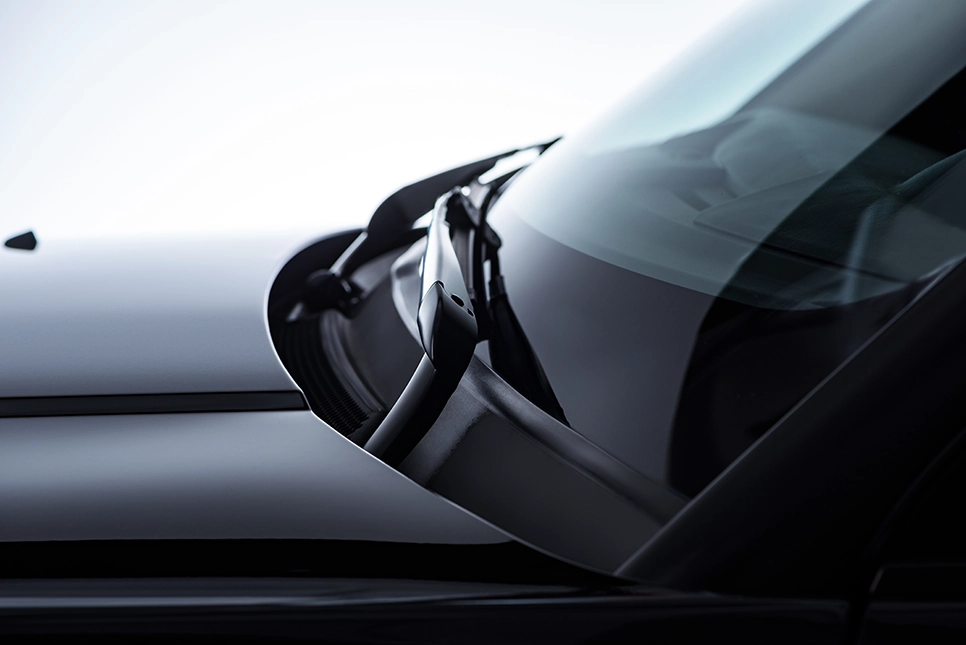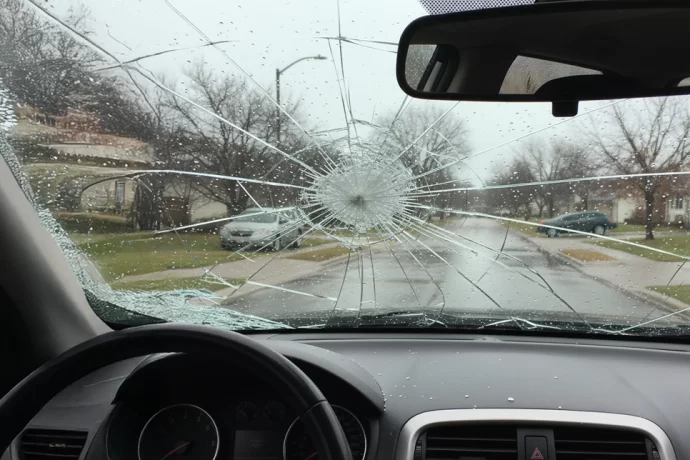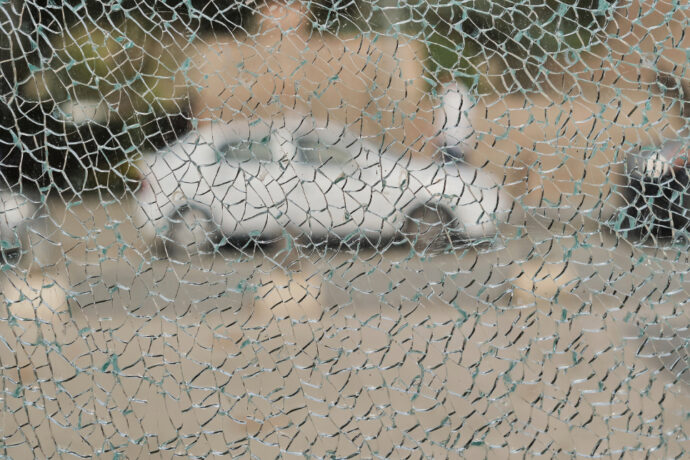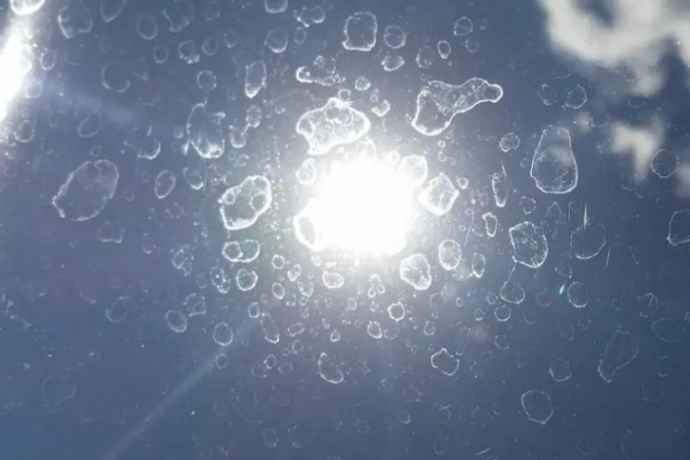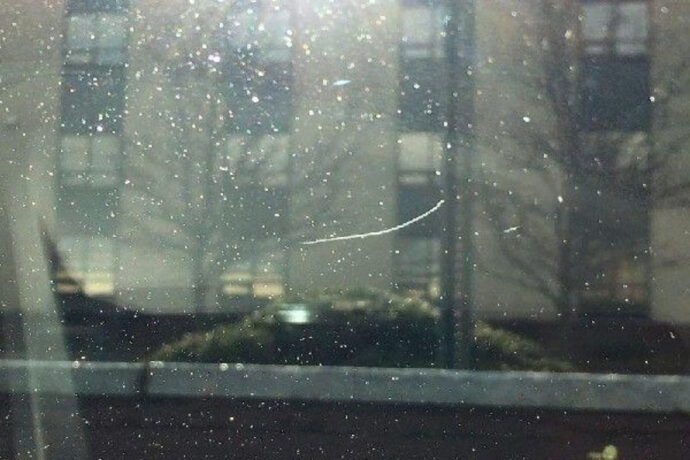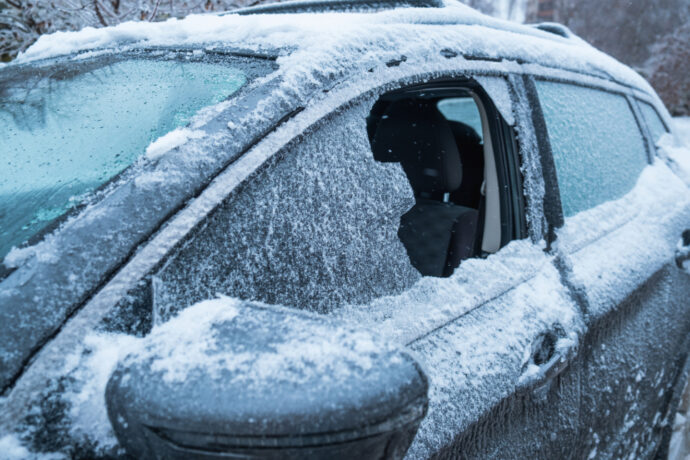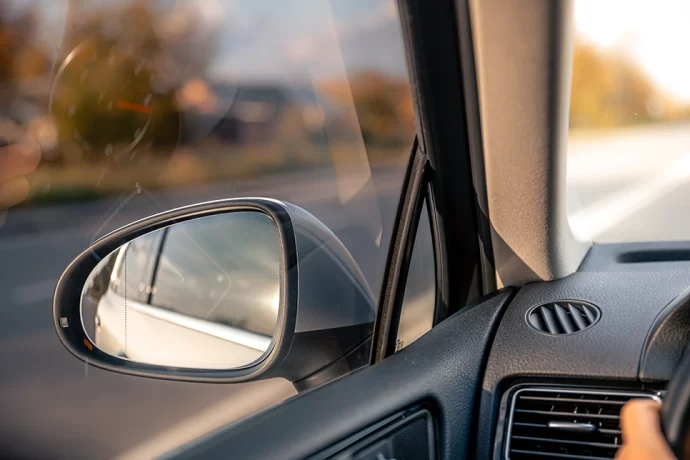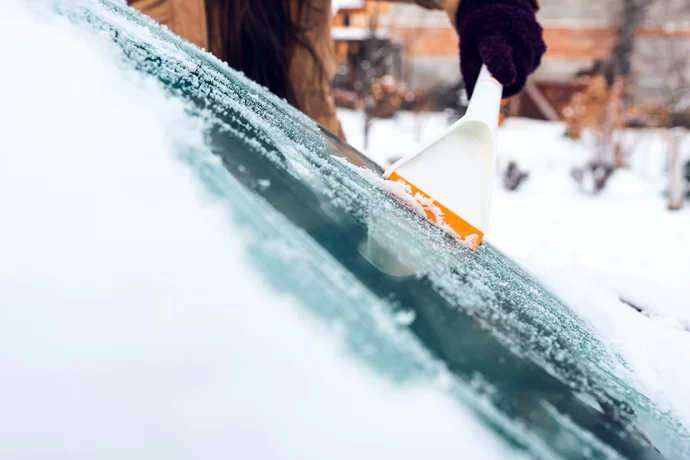Introduction to Auto Glass Safety
Auto glass safety is an important aspect of vehicle safety that goes far beyond just keeping the wind out of your face. When you’re driving down the interstate or navigating through the city’s busy streets, your windshield is constantly working to ensure your safety, maintain your vehicle’s structural integrity, and enhance your overall driving experience.
The American National Standards Institute (ANSI) and the National Highway Traffic Safety Administration (NHTSA) play pivotal roles in establishing and maintaining auto glass safety standards. These aren’t just arbitrary rules – they’re the result of decades of research and development by automotive engineers and safety experts who understand that every vehicle component contributes to passenger safety.
The National Windshield Repair Association (NWRA) also plays a key role in developing standards for when auto glass can be repaired versus replaced, emphasizing the importance of these guidelines in ensuring passenger safety and the integrity of the vehicle’s windshield under varying environmental conditions.
The glass components in your vehicle, from the windshield to the windows, serve as critical safety features that protect you and your passengers while maintaining the structural integrity of your vehicle. Understanding these safety standards isn’t just about following regulations – it’s about ensuring your safety on the road.
Evolution of Auto Glass Safety Standards
The evolution of auto glass safety standards has been a gradual process, marked by significant advancements in recent years. The Auto Glass Safety Council (AGSC) has been instrumental in this journey, developing and maintaining the Automotive Glass Replacement Safety Standard (AGRSS Standard™). The current standard, ANSI/AGSC/AGRSS 003-2015, outlines the procedures for the proper replacement of auto glass, ensuring that every step is taken to protect vehicle occupants.
Since its inception, the AGRSS Standard has undergone several revisions, each incorporating new technologies and best practices. These updates reflect the ongoing commitment to enhancing auto glass safety standards, ensuring that they keep pace with advancements in automotive design and technology. By adhering to these rigorous standards, the auto glass industry can provide the highest level of safety and protection for drivers and passengers alike.
Understanding Auto Glass Safety Standards
Auto glass safety standards are governed by two primary sets of regulations that work together to ensure your safety. The first is ANSI Z26.1, which provides comprehensive guidelines for safety glazing materials used in motor vehicles. This standard specifies requirements for various types of automotive glass, including impact resistance, visibility requirements, and durability standards.
The second set of regulations comes from the Federal Motor Vehicle Safety Standards (FMVSS), which establish the minimum safety performance requirements for motor vehicles and their components. These standards ensure that auto glass meets specific criteria for safety and performance, including resistance to penetration, optical clarity, and structural support capabilities.
Compliance with these standards isn’t optional – it’s essential for auto glass manufacturers and installers to ensure every piece of glass installed in your vehicle meets these rigorous requirements. These standards are regularly updated to reflect advances in technology and new safety requirements.
Federal Motor Vehicle Safety Standards (FMVSS)
The National Highway Traffic Safety Administration (NHTSA) plays an important role in vehicle safety by issuing Federal Motor Vehicle Safety Standards (FMVSS). These standards are designed to implement laws passed by Congress and are particularly relevant to the aftermarket repair and replacement of auto glass. FMVSS 205, in particular, is directly related to automotive glass, ensuring that it provides adequate visibility and protection for vehicle occupants.
FMVSS 205 sets stringent requirements for the performance of vehicle glass, including its ability to withstand impacts and prevent shattering. These standards are essential for maintaining the safety and integrity of motor vehicles, ensuring that auto glass can effectively protect drivers and passengers in various conditions. Compliance with FMVSS is mandatory for all auto glass manufacturers and repair services, underscoring the importance of adhering to these federal safety standards.
ANSI Z26.1 and Auto Glass Safety Standards
ANSI Z26.1 is a comprehensive document that outlines the requirements for all automotive glazing materials. This standard ensures that the glass used in vehicles provides adequate visibility and protection, covering aspects such as light transmission, color, strength, and resilience. Compliance with ANSI Z26.1 is non-negotiable for any reputable auto glass manufacturer, as it guarantees that the glazing materials meet the highest safety standards.
The ANSI Z26.1 standard is critical for ensuring that automotive glass can withstand the rigors of daily use while maintaining its protective qualities. By adhering to these guidelines, manufacturers can produce auto glass that not only enhances vehicle safety but also contributes to the overall driving experience. This standard is a cornerstone of the auto glass industry, reflecting the commitment to quality and safety in every piece of glass installed in motor vehicles.
The Role of the Auto Glass Safety Council
The Auto Glass Safety Council (AGSC) serves as a cornerstone in promoting and maintaining auto glass safety standards throughout the industry. This organization develops and maintains the Automotive Glass Replacement Safety Standard (AGRSS Standard™), which sets the benchmark for proper auto glass replacement procedures.
The AGRSS Standard isn’t just a set of guidelines – it’s a comprehensive framework that ensures auto glass replacements are performed correctly and safely. This standard covers everything from the proper handling and storage of materials to the specific techniques required for installation and the necessary calibration of advanced driver assistance systems (ADAS).
Through certification programs and ongoing education, the AGSC works tirelessly to ensure that auto glass professionals have the knowledge and skills needed to perform safe, high-quality installations that protect drivers and passengers alike.
Windshield Safety and Its Importance
Your windshield is more than just a barrier against wind and weather – it’s a critical component of your vehicle’s safety system. Modern windshields provide up to 45% of the structural support in a front-end collision and up to 60% in a rollover accident. This structural support is vital for preventing roof collapse and maintaining passenger compartment integrity during accidents.
Innovations in laminated and tempered glass have significantly enhanced passenger protection, making these materials essential in modern windshields. Expert installation and compliance with safety standards are necessary to ensure these benefits.
A properly installed and undamaged windshield is essential for the effective deployment of airbags, particularly on the passenger side. The windshield serves as a backstop that allows the airbag to deploy correctly and provide maximum protection. Without this support, an airbag might not function as intended during a crash.
The importance of windshield safety extends beyond crash protection. Your windshield must maintain perfect optical clarity to ensure safe driving, while also protecting you from UV radiation and flying debris. Modern windshields often incorporate advanced features like heads-up displays and sensors for various safety systems, making their proper installation and maintenance even more critical.
Proper Installation Techniques
The effectiveness of your auto glass in protecting passengers and maintaining vehicle safety depends heavily on proper installation. Professional installation involves more than just placing a piece of glass in your vehicle – it requires specific techniques, high-quality materials, and precise procedures to ensure maximum safety and performance.
Improperly installed windshields can lead to serious safety compromises. They might detach during accidents, increasing the risk of passenger ejection. Poor installation can also lead to water leaks, which may damage your vehicle’s electronic systems and interior. In rollover accidents, an improperly installed windshield might fail to provide the necessary structural support, potentially leading to roof collapse.
Vehicle owners must understand the importance of choosing qualified professionals for auto glass installation. Using substandard materials or cutting corners during installation can have severe consequences for vehicle safety and passenger protection.
Auto Glass Damage and Repair
Auto glass faces constant exposure to potential damage from various sources. Road debris kicked up by other vehicles, extreme weather conditions, and even temperature fluctuations can all cause damage to your windshield. Understanding the types of damage and appropriate repair options is vital for maintaining vehicle safety.
Common forms of damage include chips, cracks, and pitting. While small chips might seem insignificant, they can quickly spread into larger cracks, especially during temperature changes or when driving over bumpy roads. These seemingly minor issues can compromise the windshield’s strength and impede the driver’s vision if left unattended.
Not all damage requires full windshield replacement. Small chips and cracks (typically less than six inches) can often be repaired if addressed promptly. However, damage in the driver’s line of sight or near the edge of the windshield usually requires replacement to maintain safety standards.
Factors Affecting Auto Glass Safety
Several external factors can significantly impact auto glass safety and longevity. Extreme temperatures, particularly common in Colorado’s climate, can cause existing damage to spread rapidly. Prolonged sunlight exposure can affect the lamination in your windshield, potentially compromising its structural integrity over time.
Road vibrations from rough surfaces or construction zones can stress auto glass, especially if it already has minor damage. Vehicle owners need to be aware of these factors and take appropriate preventive measures, such as parking in covered areas when possible and maintaining a safe following distance to minimize exposure to road debris.
Environmental Factors
Environmental factors such as extreme temperatures, sunlight exposure, and road vibrations can significantly impact auto glass safety. Vehicle owners must be aware of these factors and take appropriate measures to protect their auto glass from potential damage. For instance, parking in shaded areas or using a sunshade can help reduce the impact of prolonged sunlight exposure, which can affect the lamination in your windshield over time.
Regular cleaning and maintenance are also very important for preventing damage from road debris and extreme temperatures. Using appropriate cleaning materials and techniques can help maintain the integrity of your auto glass, ensuring it remains clear and strong. By taking these preventive measures, vehicle owners can extend the lifespan of their auto glass and maintain the safety of their vehicles.
Driver Behavior
Driver behavior plays a significant role in auto glass safety. Aggressive driving habits, such as tailgating or speeding, can increase the risk of accidents and subsequent damage to auto glass. Vehicle owners should practice safe driving habits, such as maintaining a safe distance from other vehicles and avoiding sudden maneuvers that could lead to collisions or impact damage.
Additionally, being aware of your surroundings and taking steps to avoid road debris and other hazards can help protect your auto glass. Simple actions like slowing down on rough roads and being cautious during adverse weather conditions can prevent unnecessary stress on your windshield and windows. By adopting these safe driving practices, vehicle owners can significantly reduce the risk of auto glass damage and ensure the safety of everyone in the vehicle.
Choosing the Right Auto Glass Repair and Replacement Services
When it comes to auto glass repair or replacement, selecting the right service provider is vital for ensuring your safety. Not all repair shops maintain the same standards of quality, and not all technicians have the necessary training and certification to properly handle modern automotive glass.
Look for service providers who follow the Auto Glass Safety Council’s standards and who use high-quality, OEM or equivalent materials. The right provider should also understand the importance of proper calibration for vehicles with advanced driver assistance systems (ADAS) that rely on windshield-mounted cameras and sensors.
Regular Maintenance and Inspection
Maintaining your auto glass through regular inspection and proper care can significantly extend its lifespan and ensure continued safety. Simple steps like regular cleaning with appropriate materials and prompt attention to small chips or cracks can prevent minor issues from becoming major safety concerns.
Inspect your windshield regularly for signs of damage, paying particular attention to any changes in existing chips or cracks. Clean your windshield with automotive-specific glass cleaner and avoid using harsh chemicals that might damage the glass or surrounding materials.
Taking Precautions While Driving
Safe driving habits play a vital role in protecting your auto glass and ensuring the safety of everyone in your vehicle. Maintaining adequate following distance reduces the risk of rock chips and other impact damage. Being cautious on rough roads and during adverse weather conditions can help prevent unnecessary stress on your auto glass.
Advanced Auto Glass Technologies
The automotive industry continues to evolve, bringing new technologies to enhance safety and convenience. Modern windshields now incorporate features like acoustic interlayers for noise reduction, advanced UV protection, and integrated sensors for various safety systems. Some vehicles even feature self-dimming glass and enhanced heads-up display capabilities.
These technological advancements make proper installation and maintenance even more critical, as modern windshields are complex systems that require precise handling and calibration.
Conclusion
Auto glass safety standards are fundamental to modern vehicle design and manufacturing, playing a critical role in protecting you and your passengers. Understanding these standards and making informed decisions about auto glass care and maintenance is essential for every vehicle owner.
If you’re in the Denver area and experiencing any issues with your auto glass, don’t wait until a small problem becomes a major safety concern. Precision Auto Glass is here to help with expert repair and replacement services that meet or exceed all safety standards. Our certified technicians understand the unique challenges of Colorado’s climate and can ensure your auto glass provides the protection you need.
Contact Precision Auto Glass today for professional windshield replacement, expert chip and crack repair, or mobile windshield replacement throughout the Denver metro area. We’re committed to keeping you safe on the road with high-quality auto glass services that meet all safety standards and manufacturer specifications.

